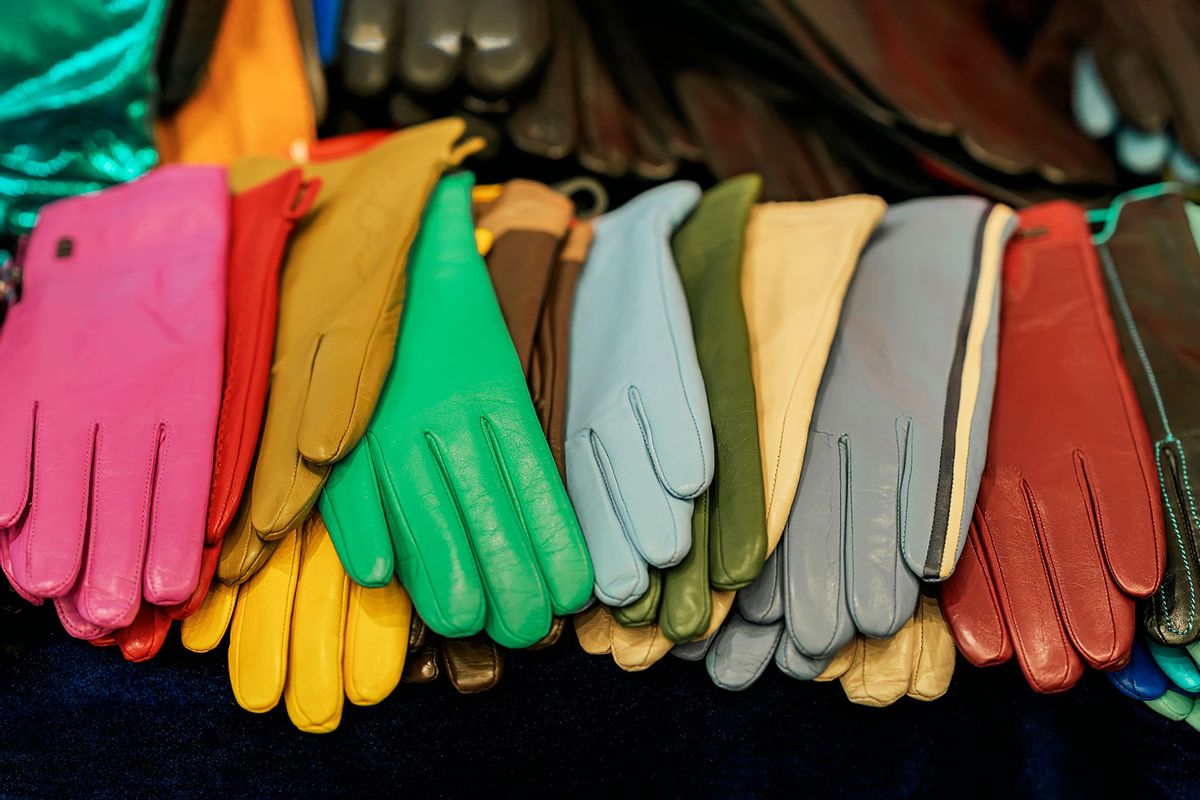There’s much to look forward to in 2024: new resolutions, new books, new movies and, most importantly, a brand new leap year. The upcoming year promises an extra day at the end of February, instead of its usual 28 days. This extra day is added every four years to make up for Earth's orbit around the sun. Our planet takes approximately 365.25 days to complete its orbit — that added quarter day is why we have a leap year in the first place.
Feb. 29 marks a very rare and special day for many. Those born on the 29th are commonly referred to as “leap day babies” or “Leapings,” who are able to celebrate their true day of birth once every four years. Leap year, as a whole, also comes with a slew of traditions and superstitions observed all over the world. Some folks believe the added day makes for an auspicious year, while others regard it as bad luck.
Here are 10 quirky leap year traditions you might not know about:
In this day and age, women are free to propose to their partner whenever (and however) they choose. For centuries, however, that role was solely reserved for men . . . except on leap day, when women could defy gender roles and get down on one knee for their partner.
Commonly known as Bachelor's Day (and sometimes Ladies' Privilege), the tradition was first conceived in Fifth century Ireland. Legend has it that Saint Bridget once asked Saint Patrick that women be given the opportunity to propose, since men were too slow to do so. Saint Patrick first suggested that women be allowed to propose on one day every seven years. He later settled on every four years thanks to Bridget’s convincing.
Bachelor's Day was well established by the 1800s. Similar traditions also exist in Scotland, Finland and parts of the United Kingdom. By the early 20th century, the tradition had reached the United States, but quickly became a thing of mockery by our patriarchal society. Cartoons poking fun at the concept depicted unmarried women who proposed as aggressive and domineering.
Proposing on such an auspicious day can also come with a specific wardrobe. In Scotland, women who choose to partake in Bachelor's Day shenanigans must wear a red petticoat under their dress. The specific color is believed to capture the attention of a man (after all, red is a pretty sultry color) and ensure great success.
In 1288, Queen Margaret of Scotland passed a law saying that any man who refuses a leap day proposal must pay a fine anywhere between £1 to a silk gown. That being said, the queen was only five years old when the law was supposedly issued, thus making this tale highly questionable . . .
Beyond that, refusing a leap day proposal also comes with several punishments elsewhere in the world. In Denmark, men who'd rather stay single must give the rejected woman 12 pairs of gloves – enough to wear in order to hide the shame that she has no ring to flaunt. In Finland, the men must provide the woman with enough fabric to sew a skirt.
Greek traditions and lore deem it unlucky to get married during a leap year — especially on leap day — because it is said to end in divorce.
In Scotland, it’s believed that those who are born on leap day will live a life of “untold suffering.” Leap year, in general, is also a doomed year for farmers, considering this old rhyming saying: “Leap year was never a good sheep year.”
As for Germany, another saying goes, "Schaltjahr gleich Kaltjahr." Simply put: leap year will be a cold year.
The cocktail was invented in 1928 by Harry Craddock, a bartender at London's Savoy Hotel. Hailed as the “colorful cousin of the Martini,” the leap day cocktail was created to commemorate the hotel’s Feb. 29 celebrations. It consists of Grand Marnier, sweet vermouth, gin and lemon juice.
You can make your own rendition of the cocktail, courtesy of Craddock’s 1930 recipe book “The Savoy Cocktail Book.”



Shares